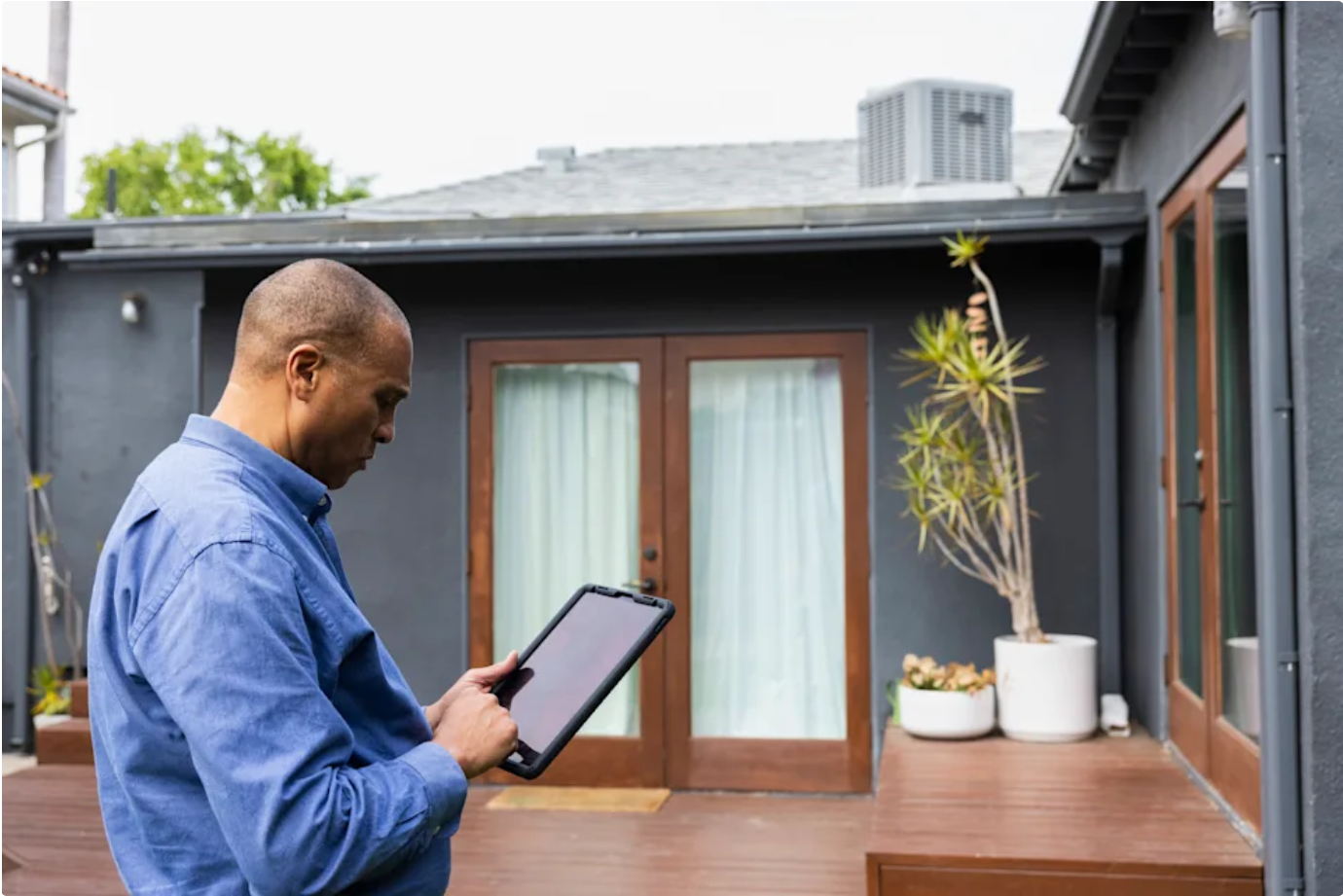Home refinancing is a common financial strategy that aims to lower interest rates, shorten repayment periods, or extract home equity by adjusting loan terms. Regardless of the goal, a home appraisal is an integral part of the refinancing process. This article will take you through the refinancing appraisal process, the appraiser’s focus, and how to prepare scientifically to help you get the ideal appraisal results.
1. What is a refinancing home appraisal?
A refinancing home appraisal is a professional judgment of the current market value of a home by a licensed appraiser. Unlike the appraisal when buying a home, a refinancing appraisal does not have a purchase contract and transaction price as a reference. The appraiser needs to rely on the condition of the home itself and the market performance of similar properties in the surrounding area to give an objective value estimate. This valuation directly affects the loan amount and interest rate, ensuring that the loan amount does not exceed the value of the home, thereby reducing the risk of the lender.
2. Detailed explanation of the refinancing appraisal process
- Appraisal appointment and arrangement
The lender entrusts a licensed appraiser to conduct the appraisal, and the appraiser will contact the homeowner to arrange a field inspection time. The appraisal fee is generally borne by the borrower, usually between $300 and $600, and is included in the transaction costs. - On-site house inspection
The appraiser will visit the house and inspect the internal and external conditions of the house. The focus includes structural safety, house area, number of rooms, decoration status and functional layout. The whole process generally lasts 20 minutes to several hours, depending on the size and complexity of the house. - Data collection and market comparison
After the on-site evaluation, the appraiser will investigate similar houses that have been sold recently in the vicinity, and combine market trends to form a final appraisal report. - Report submission and loan approval
The appraisal report is submitted to the lending institution as an important basis for loan approval and loan amount determination.
3. Factors that the appraiser focuses on
- House location
The location is the core of value assessment. Good school districts, convenient transportation, community facilities, etc. will increase the value of the property. - Size and layout
The square footage, number of bedrooms and bathrooms, space utilization, and modern design of the home will affect the appraisal results. - Condition and maintenance
Structural integrity, whether the roof, foundation, walls, etc. are intact, and whether the water, electricity, and heating systems are operating properly are all key points of the appraisal. - Renovation and upgrades
Recent kitchen and bathroom remodeling, roof replacement, and energy-saving equipment installation can increase the value of the home. - Exterior environment and auxiliary facilities
Including the condition and maintenance level of the yard, garage, patio, fence, etc. - Neighborhood property comparison
The appraiser will refer to the transaction prices of similar homes in the surrounding area to ensure that the appraisal is reasonable and close to the market.
4. How to prepare for a refinancing appraisal?
- Cleanliness
The appraiser will check the inside and outside of the house. Keeping the house clean and free of clutter will help leave a good impression. - Repair minor issues
Minor repairs such as patching wall cracks, fixing leaky faucets, and replacing broken lamps show that the house is well maintained. - Highlight upgrades
Prepare a renovation list and related receipts to proactively show the appraiser the investment and improvement of the house. - Improve lighting and comfort
Open the curtains and turn on the lights on the day of the appraisal to maintain a suitable temperature so that the house looks bright and comfortable. - Tidy up the yard environment
Mow the lawn, clear the debris, and repair the exterior walls to improve the appearance of the house. - Ensure that key systems are normal
Check smoke alarms, HVAC systems, water and electricity facilities to ensure that they are in good condition.
5. Special types of refinancing appraisals
- Desktop appraisal
Appraisers use remote data and market information to make valuations without on-site inspections. - Hybrid appraisal
Combine a brief on-site inspection with remote data analysis. - Drive-by appraisal
A quick inspection of the exterior of the home is common in some government-backed loan programs.
A refinancing home appraisal is not only a key step for lenders to control risk, but also an important opportunity for homeowners to secure high-quality loan conditions. Understanding the appraisal process, grasping the appraiser’s focus, and improving the overall image of the home through careful preparation can effectively increase the appraisal value and help you achieve a more ideal refinancing goal. After all, the value of a home is not only in the bricks and tiles, but also in your careful management of the home.
